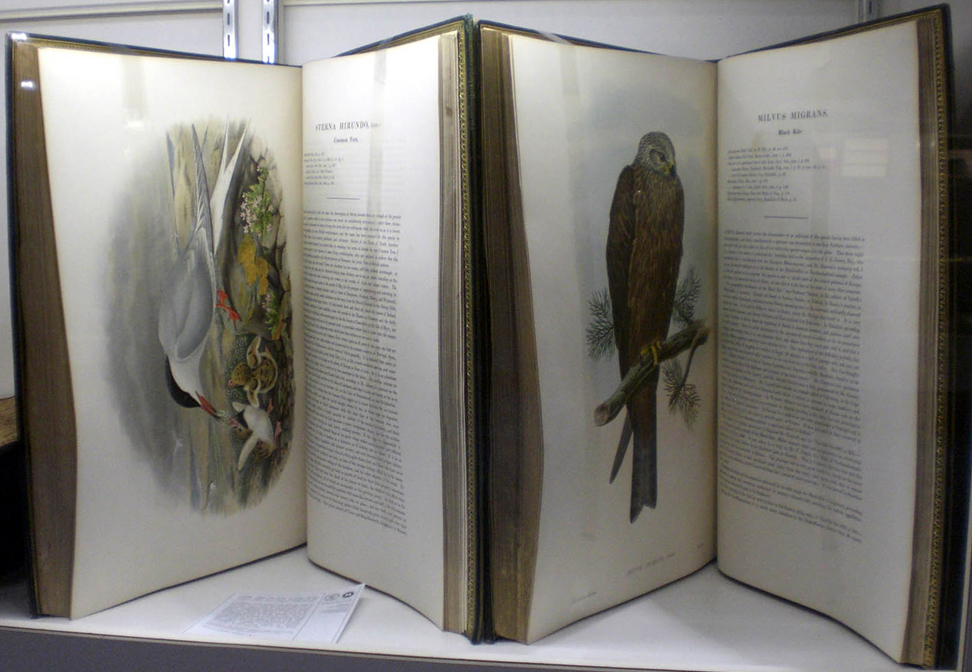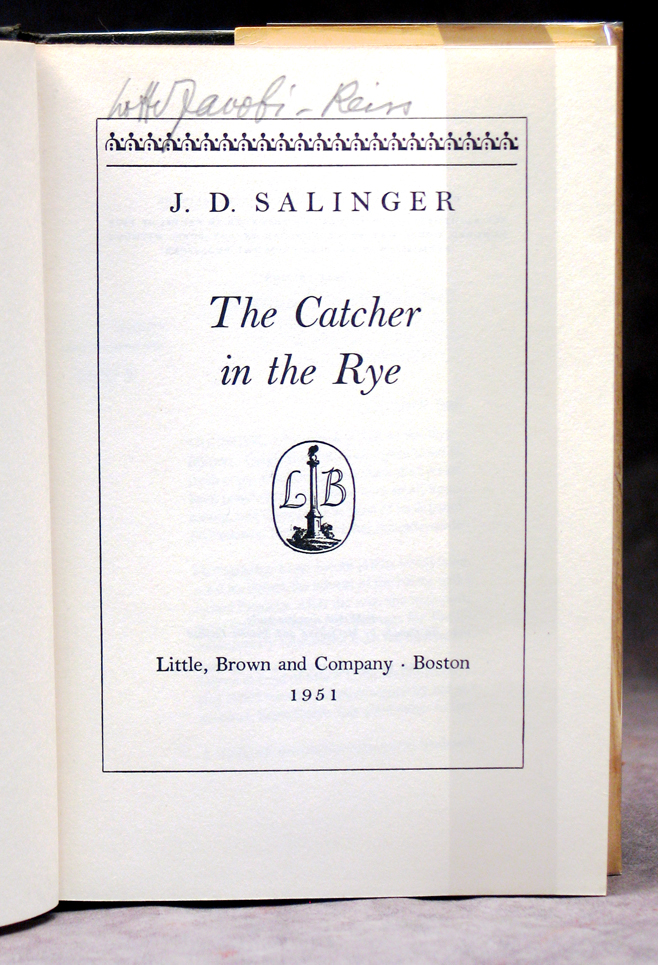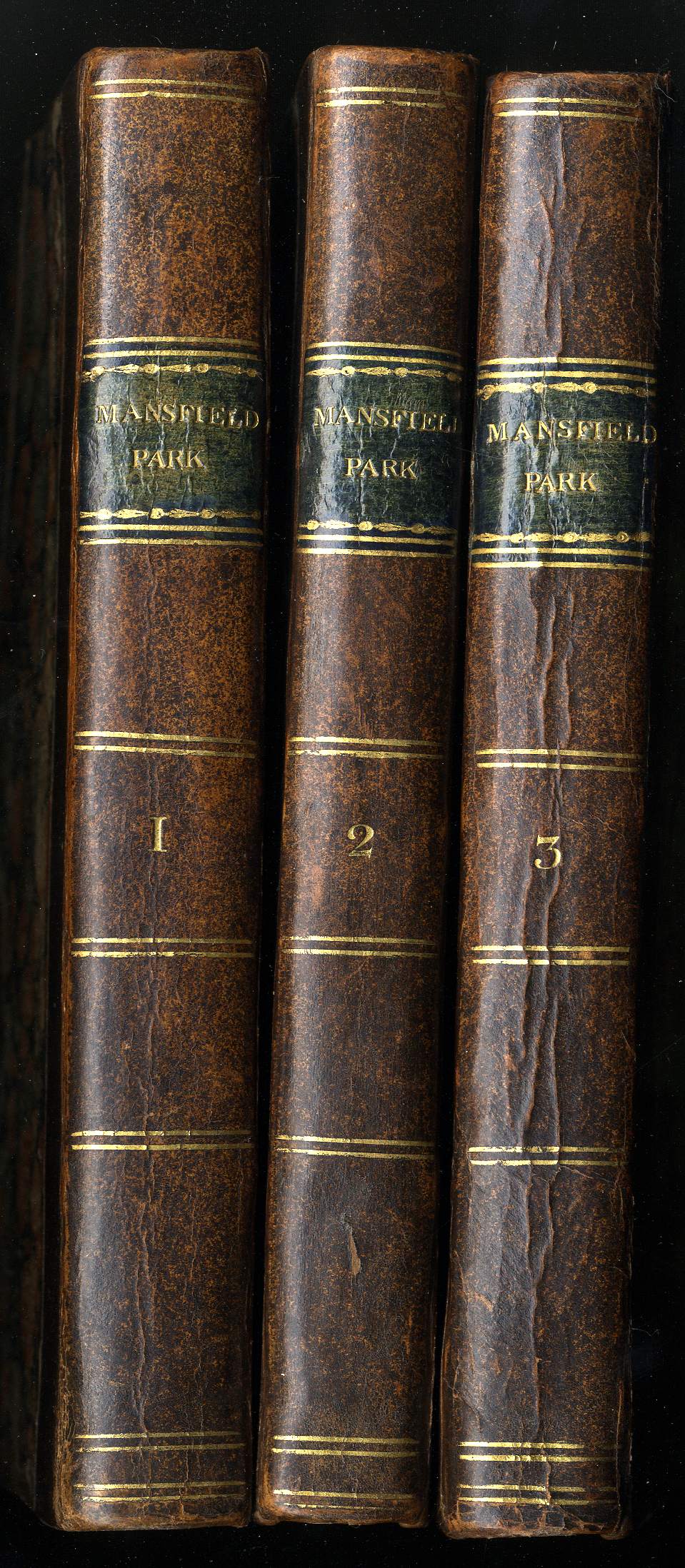
Last week’s (April 2-5) New York Antiquarian Book Fair at the Park Avenue Armory in Manhattan was its forty-ninth year. There were more than 190 international book dealers, and despite the recent economic downturn, attendance, which totaled around 4800, and sales were strong according to many of the exhibitors. Price points ranged from the affordable (maritime guidebooks were being sold for $25) to the expensive (the top sale was reportedly a 19th-century book for $195,000) with the market buoyed by collectors of high-end books.
Despite speculation about the death of the printed book, the rare book world has benefited from increased interest not only in the book as an object itself, focused on fine bindings and first editions, but in subgenres of collecting as well. For example, natural history, one of the most enduring of these genres, was well represented by the German book dealer Antiquariat Reinhold Berg who brought the first edition folio The Birds of Great Britain by the 19th century English ornithologist John Gould. The five volumes contain 367 richly colored lithographic plates in beautiful full morocco binding by Riviere.

Important signed books or association copies (books that belonged to persons of note) could be found in abundance at the fair. One noteworthy item at the booth of New York-based James Cummins Bookseller was a copy of The Catcher in the Rye from the personal library of Lotte Jacobi, the woman who took the famous photograph of J.D. Salinger on the back of the book jacket.
Quaritch of London exhibited some charming Jane Austen first editions that included a duodecimo of Mansfield Park in three volumes published by T. Egerton in 1814.

Dealers are, of course, often each other’s best customers. John O’Mara of London’s Maggs Bros. showed me a few purchases that he made, including a rare edition of First Age of the Portuguese Embassies Navigations and Peregrinations to the Kingdoms and Islands of Southeast Asia, printed in 1535. He remarked, “It’s one of the first accounts of the Western world meeting the East. When I saw it, I knew that it was rare and I had to have it.”
